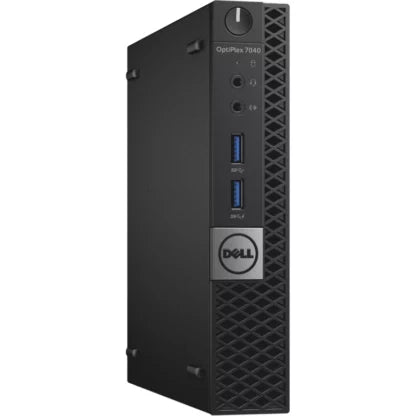Troubleshooting
Please read the Special Notices in the Setup Instructions.
These are the most frequently asked questions and resolutions to customer queries.
Technical Details & Resources
SoloSatoshi Setup Instructions:
https://www.solosatoshi.com/how-to-setup-your-bitaxe-the-new-and-improved-axeos/
Bitaxe Web Flasher
https://bitaxeorg.github.io/bitaxe-web-flasher/
SoloSatoshi Web Flasher Instructions:
https://www.solosatoshi.com/how-to-flash-your-bitaxe/
Open Source Miners United
OSMU Discord
Bitaxe - Setup Instructions
Congratulations, and welcome fellow Bitcoin Solo Miner!
Let's get straight into it with some special notices:
-
Please do not hold the device by the fan/heatsink.
- It may result in requiring the resetting the thermal paste.
-
Instructions for this process are at the end of this page.
-
The screen uses a 'friction-join' and may become dislodged in transit.
- Please inspect the packaging for the screen if you don't see it.
-
You may need to gently splay the pins to improve friction when reinserting the pins into the holes.
-
Bitaxe devices only work with 2.4GHz WiFi.
- If you have trouble connecting, please ensure you are connected to your 2.4ghz network. This is a commonly overlooked.
-
Almost all modern routers operate both a 2.4ghz and 5ghz network.
-
The stock power supply, heatsink, and fan, are rated for default settings.
-
If you wish to overclock your unit, you will require modifications.
-
If you wish to overclock your unit, you will require modifications.
-
Bitaxes require ongoing User Maintenance.
- As an open source project, these should not be considered similar to a consumer-good like a Fridge or Television.
- Bitaxes are a great way to show your Proof of Work, and maintaining them will help you better understand the device itself.
Prefer a Video?
Step 1: Unbox and Inspect
Unbox your Bitaxe and ensure all components are present and undamaged.
Components include:
- Bitaxe Device
- 5V Power Supply + AU Adaptor
If your screen
Step 2: Install the Device in the Standing Case
Skip if not applicable
Insert your Bitaxe device into the stand, and secure it using the provided 3mm screws.
Step 3: Connect Power Supply
Plug the included 5V power supply into your power socket, then into your Bitaxe device.
Step 4: Initial Power-Up
Power on your Bitaxe device - if your power socket has a switch.
The Bitaxe will attempt to connect to a default network, which it will not find.
Step 5: Connect to Bitaxe WiFi Access Point
- Watch the details cycle through the screen on your Bitaxe.
- The name of the Bitaxe WiFi Access point (also known as an SSID.) will be shown on screen.
- It will be named similar to: Bitaxe_XXXX.
- Use a WiFi-capable device (such as a phone or laptop) to connect to the Bitaxe WiFi Access Point.
Step 6: Access AxeOS Web Portal
After connecting, you should be automatically prompted or redirected to the AxeOS web portal.
If not automatically redirected:
- Open your browser.
- Visit http://192.168.4.1.
Step 7: Configure WiFi Settings
In the AxeOS web portal, click on the ‘Settings’ button. Enter your WiFi SSID and password for your local 2.4ghz WiFi network.
Note: Double-check the WiFi SSID and password before entering to prevent manual recovery later.
Step 8: Update Mining Pool Settings
You can leave this at their default details, but in the AxeOS web portal you can update the pool URL, port, and user to your preferred mining pool.
Default pool settings do not require a password; you can leave these details, or you can clear them.
Update the Statum User to your Bitcoin Address.
This should be an onchain Bitcoin address that you want your block reward paid to.
Step 9: Save and Restart
Click Save, then click Restart to apply the changes.
Step 10: Start Mining
If everything is configured correctly, your Bitaxe device will start mining.
You can connect to your device by entering the IP Address displayed on the Bitaxe Screen.
Maintenance
Thermal Paste Replacement
Frequency: Around every six months.
Consumables:
Bitaxes, Cases, Upgrades, and Accessories
Refresh your Bitaxe's look with a range of different stands, cases, and enclosures.
-
 Sold out
Sold outBitcoin Nodebox (Not Sold Out)
Regular price $530.00 AUDRegular priceUnit price / per -
Parmaknots
Regular price From $1,118.00 AUDRegular priceUnit price / per -
ParmanodL - Laptop
Regular price From $1,400.00 AUDRegular priceUnit price / per



